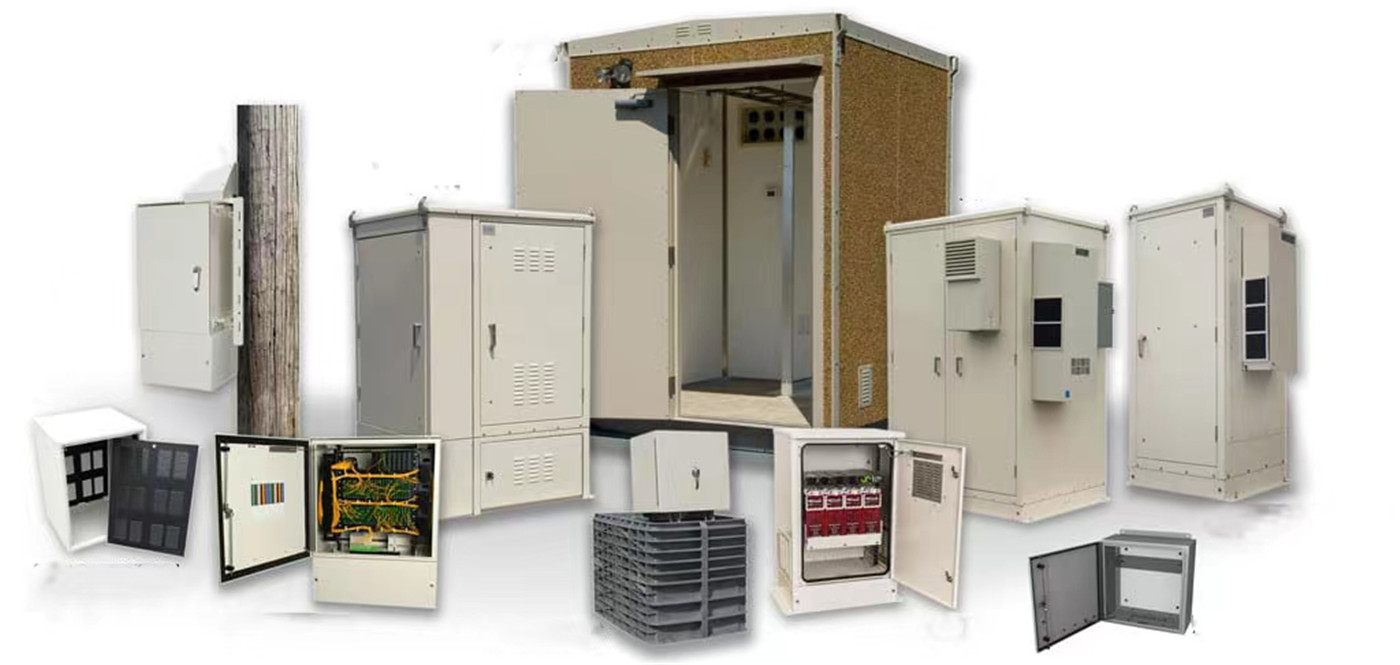With the development of computer and network technology, the cabinet is becoming an important part of it. IT facilities such as servers and network communication equipment in data centers are developing in the direction of miniaturization, networking, and racking. The cabinet is gradually becoming one of the protagonists in this change.
Common cabinets can be divided into the following types:
1. Divided by function: Fire and anti-magnetic cabinets, power cabinets, monitoring cabinets, shielding cabinets, safety cabinets, waterproof cabinets, safes, multimedia consoles, file cabinets, wall cabinets.
2. According to the scope of application: outdoor cabinets, indoor cabinets, communication cabinets, industrial safety cabinets, low-voltage power distribution cabinets, power cabinets, server cabinets.
3. Extended classification: console, computer case cabinet, stainless steel case, monitoring console, tool cabinet, standard cabinet, network cabinet.

Cabinet plate requirements:
1. Cabinet plates: According to industry requirements, standard cabinet plates should be made of high-quality cold-rolled steel plates. Many cabinets on the market are not made of cold-rolled steel, but are replaced by hot plates or even iron plates, which are prone to rust and deformation!
2. Regarding the thickness of the board: the general requirements of the industry: standard cabinet board thickness column 2.0MM, side panels and front and rear doors 1.2MM (the industry's requirement for side panels is more than 1.0MM, because the side panels do not have a load-bearing role, so the panels can be slightly Thinning to save energy), fixed tray 1.2MM. The columns of Huaan Zhenpu cabinets are all 2.0MM thick to ensure the load-bearing of the cabinet (the columns play the main role of load-bearing).
The server cabinet is in the IDC computer room, and the cabinet generally refers to the server cabinet.
It is a dedicated cabinet for installing 19" standard equipment such as servers, monitors, UPS and non-19" standard equipment. The cabinet is used to combine installation panels, plug-ins, sub-boxes, electronic components, devices and mechanical parts and components to form a whole. installation box. The cabinet is composed of a frame and a cover (door), generally has a rectangular shape, and is placed on the floor. It provides suitable environment and safety protection for the normal operation of electronic equipment, which is the first level of assembly after the system level. A cabinet without a closed structure is called a rack.
Post time: Jul-20-2023





